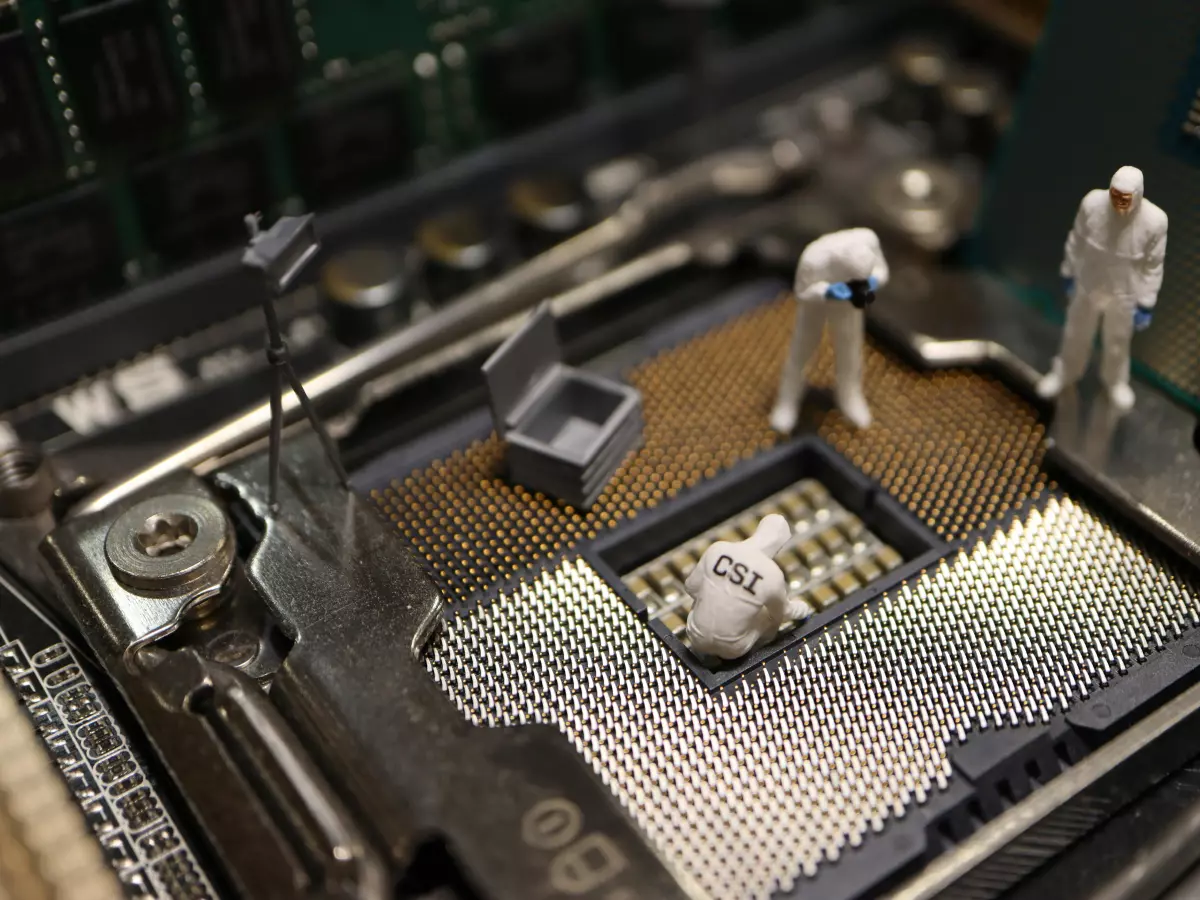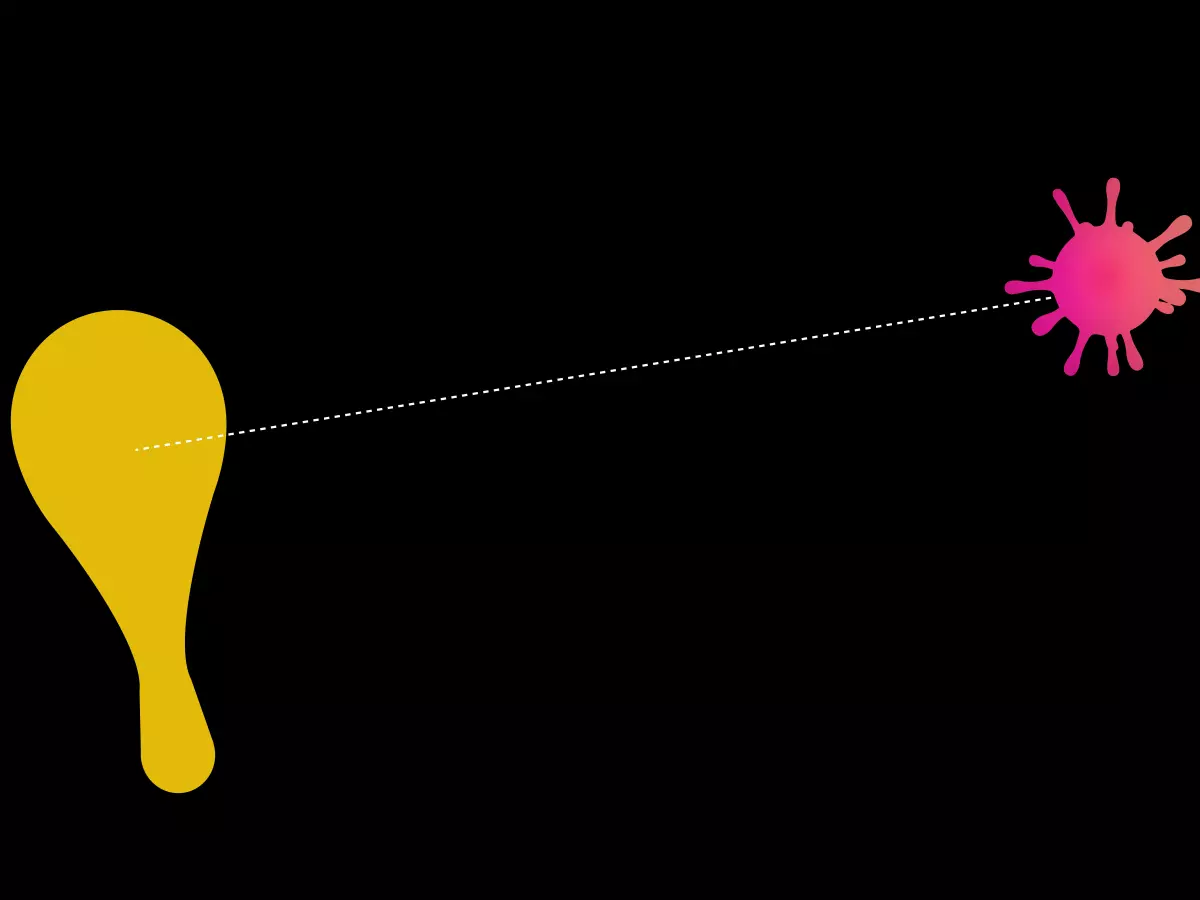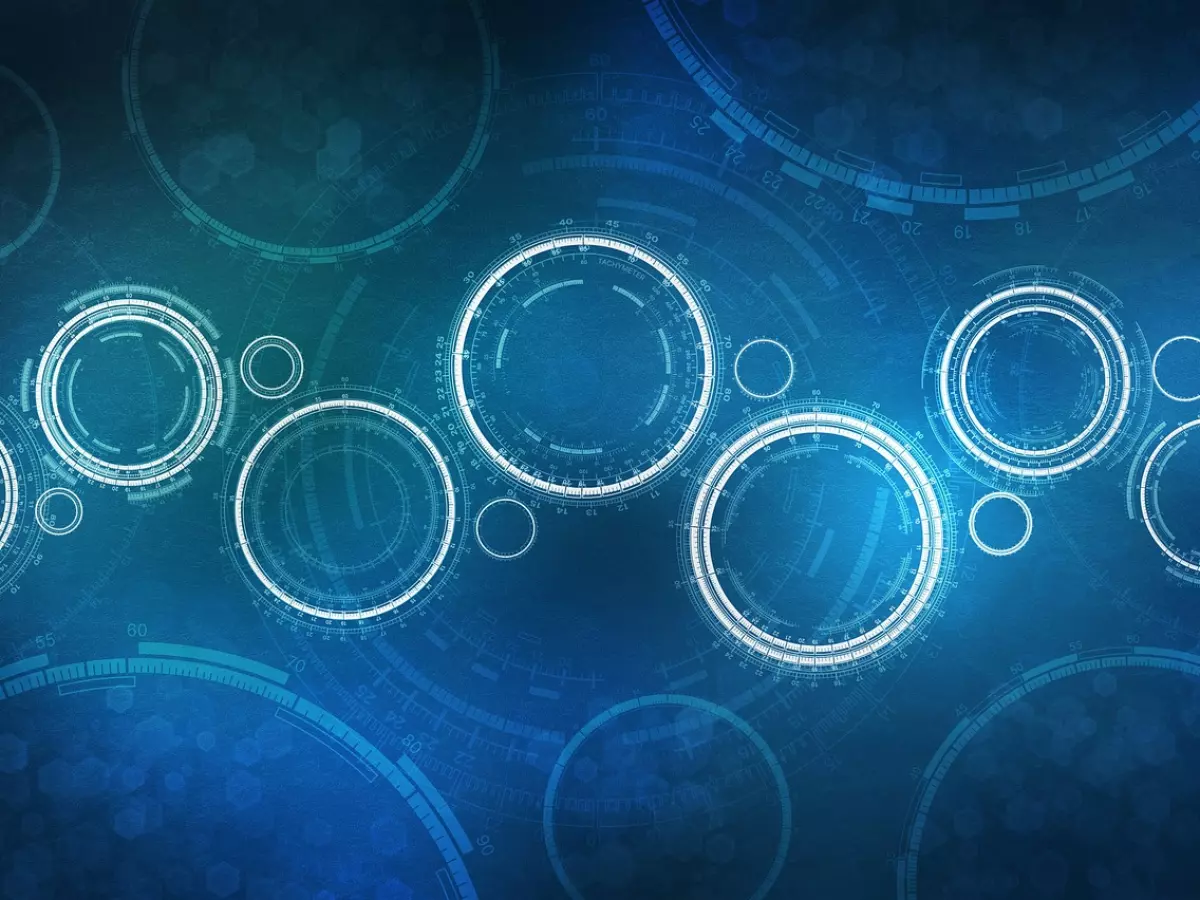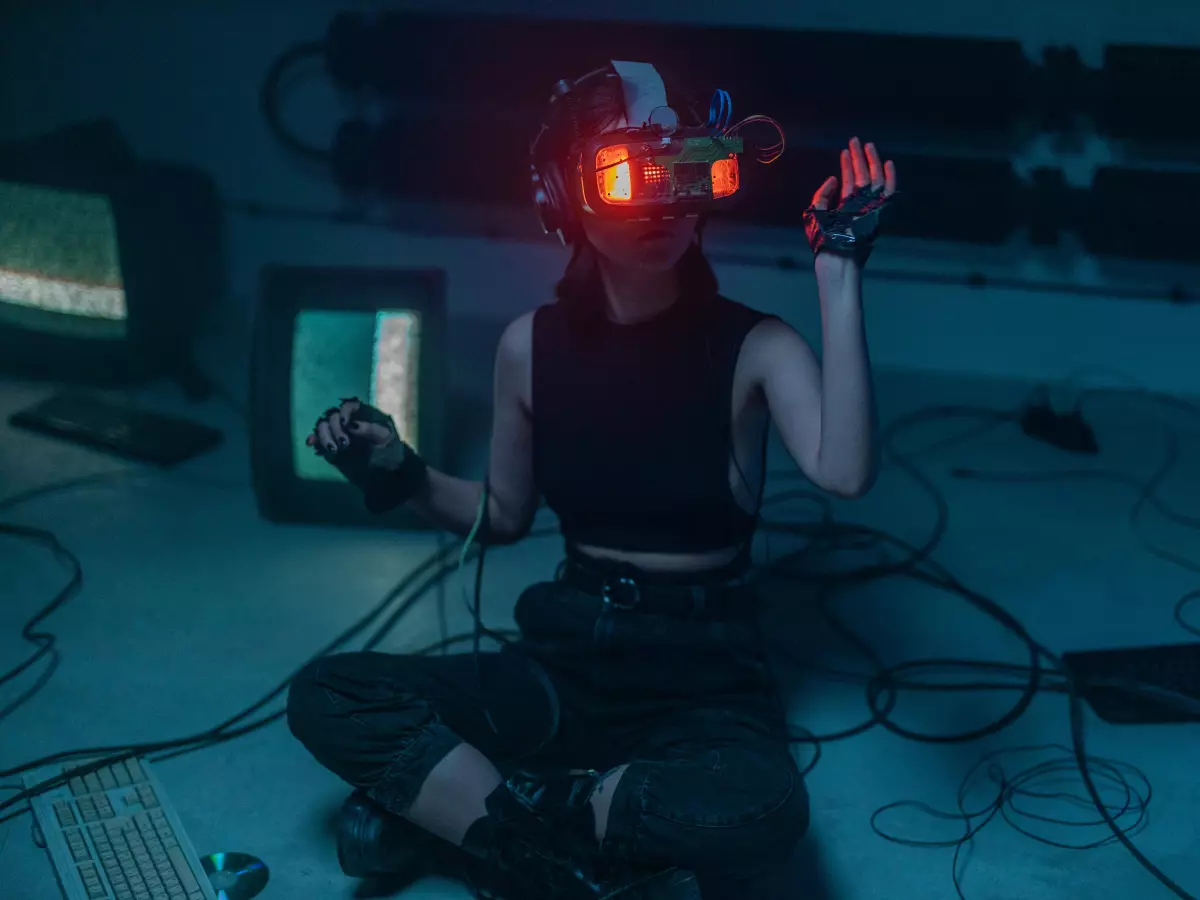AI in Cybersecurity
Artificial Intelligence (AI) is everywhere, and it's not just powering your Netflix recommendations or self-driving cars. It's also playing a crucial role in cybersecurity—both as a defender and, terrifyingly, as an attacker. Yeah, you read that right. AI is the new kid on the block, and it's already making waves in the cyber world. But is it a friend or a foe? Let's break it down.
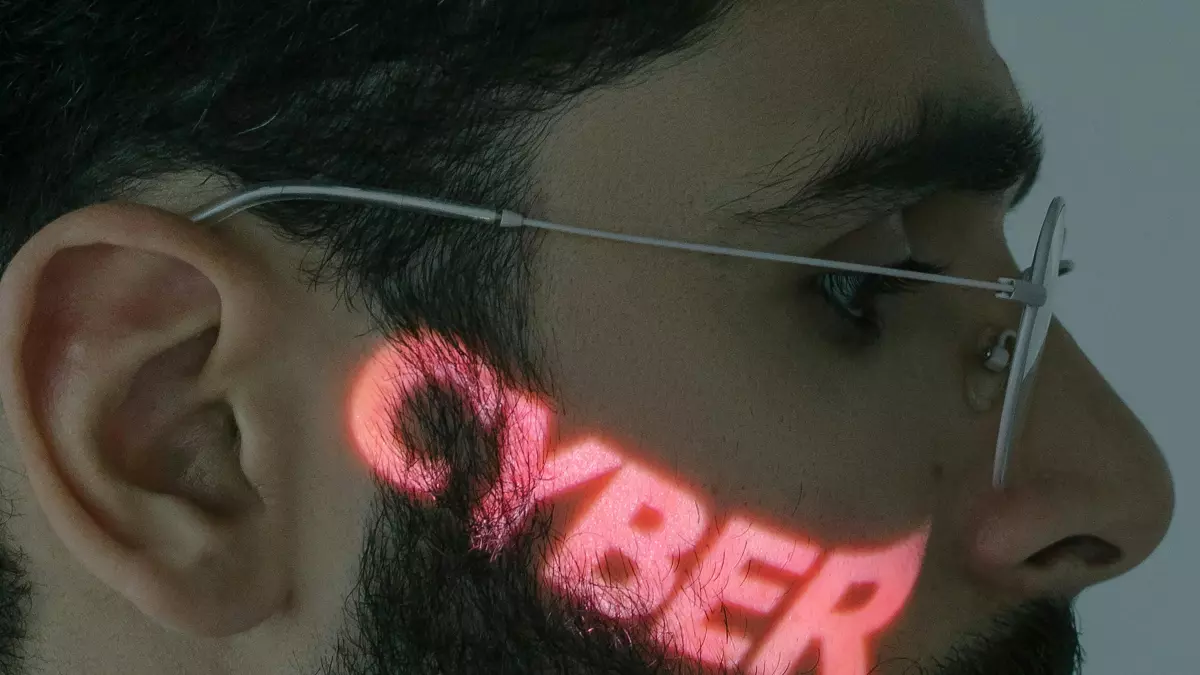
By Jason Patel
First off, AI is a game-changer for cybersecurity professionals. It can analyze vast amounts of data at lightning speed, detect anomalies, and even predict potential threats before they happen. Sounds like a dream, right? Well, it’s not all rainbows and unicorns. While AI is helping us build stronger defenses, it's also being weaponized by cybercriminals. Yep, the bad guys are getting smarter too.
So, how exactly is AI being used in cybersecurity? Let’s dive into the good, the bad, and the downright ugly.
The Good: AI as a Cybersecurity Superhero
Let’s start with the good news. AI is a beast when it comes to processing data. Traditional cybersecurity systems rely heavily on human intervention, which can be slow and prone to error. But AI? It can sift through millions of data points in seconds, spotting patterns and anomalies that would take a human days or even weeks to catch.
For instance, AI-powered systems can detect unusual login attempts, flagging them as potential breaches. They can also monitor network traffic in real-time, identifying suspicious activity before it escalates into a full-blown attack. And the best part? AI never sleeps. It’s like having a 24/7 security guard who’s always on high alert.
Then there’s the predictive power of AI. By analyzing historical data, AI can predict future threats and vulnerabilities. This allows cybersecurity teams to patch up weak spots before hackers even have a chance to exploit them. It’s like having a crystal ball for cyber threats. Pretty cool, huh?
The Bad: AI in the Hands of Cybercriminals
But here’s where things get a little dark. Just as AI is helping us build better defenses, it’s also being used by cybercriminals to launch more sophisticated attacks. Think of it as a double-edged sword.
One of the scariest ways AI is being weaponized is through automated attacks. Hackers are using AI to create malware that can adapt and evolve, making it harder to detect and eliminate. These AI-powered attacks can learn from their environment, changing their tactics to avoid detection. It’s like fighting a shapeshifter—just when you think you’ve got it cornered, it changes form.
AI is also being used to launch more convincing phishing attacks. Cybercriminals can use AI to analyze social media profiles, emails, and other personal data to craft highly personalized phishing messages. These messages are so convincing that even the most tech-savvy individuals can fall for them. It’s like getting a phishing email from your best friend—how do you say no to that?
The Ugly: The Future of AI in Cybersecurity
So, what does the future hold? Well, it’s a bit of a mixed bag. On one hand, AI will continue to improve our defenses, making it harder for cybercriminals to breach systems. On the other hand, AI will also make cyberattacks more sophisticated and harder to detect.
One potential future scenario is an all-out AI arms race. As cybersecurity professionals develop more advanced AI-powered defenses, cybercriminals will respond by creating even more advanced AI-powered attacks. It’s a never-ending game of cat and mouse, and the stakes are only getting higher.
There’s also the issue of AI bias. AI systems are only as good as the data they’re trained on. If the data is biased or incomplete, the AI’s decisions could be flawed. This could lead to false positives (flagging legitimate activity as suspicious) or, even worse, false negatives (failing to detect actual threats). In a worst-case scenario, biased AI could leave systems vulnerable to attack.
And let’s not forget about the ethical implications. As AI becomes more integrated into cybersecurity, we’ll need to grapple with questions about privacy, surveillance, and the potential for AI to be used for malicious purposes. It’s a brave new world, and we’re just getting started.
What’s Next?
So, is AI a friend or a foe in the world of cybersecurity? The answer is… both. AI has the potential to revolutionize cybersecurity, making our systems more secure and resilient. But it also has the potential to be weaponized by cybercriminals, leading to more sophisticated and dangerous attacks.
The key to navigating this brave new world is staying informed and vigilant. As AI continues to evolve, so too must our cybersecurity practices. Whether you’re a cybersecurity professional or just someone trying to protect your personal data, it’s important to stay one step ahead of the bad guys. After all, in the world of cybersecurity, knowledge is power.
So, what do you think? Is AI the hero we need, or the villain we fear? Only time will tell.
